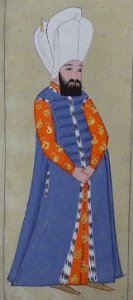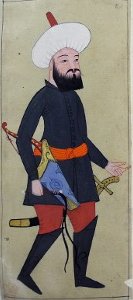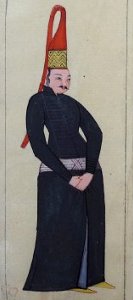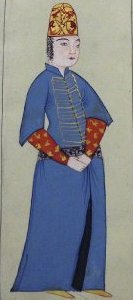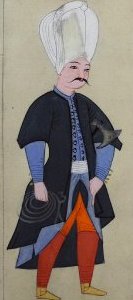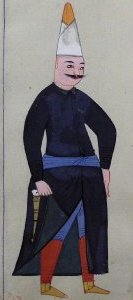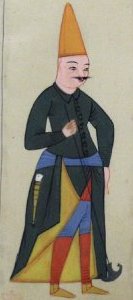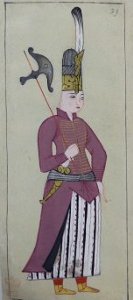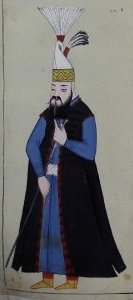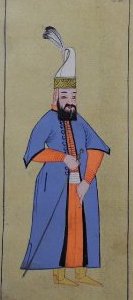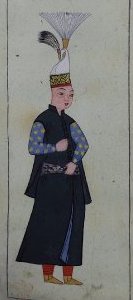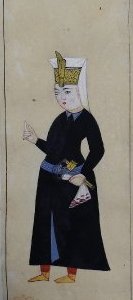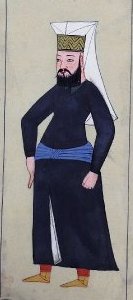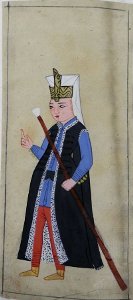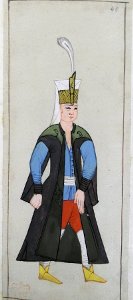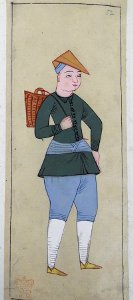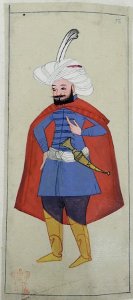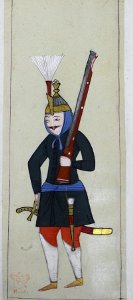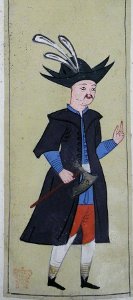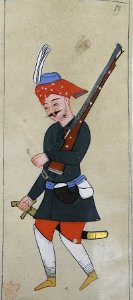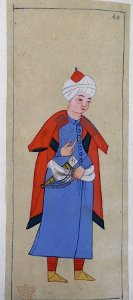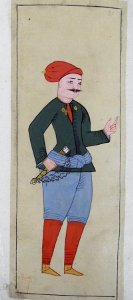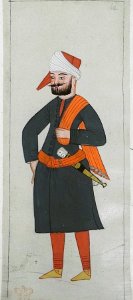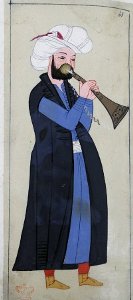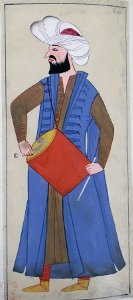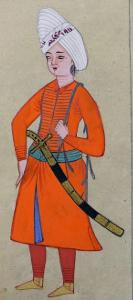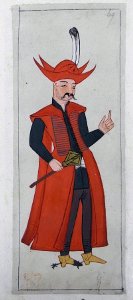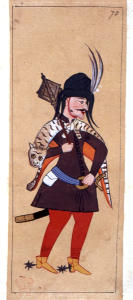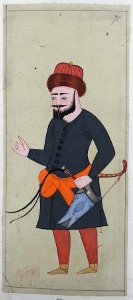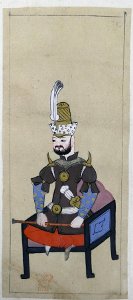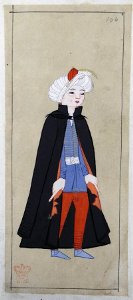Other Albums:
I Turchi. Codex Vindobonensis 8626 of Bartolemeo von Pezzen, 1586 to 1591
Military Pictures from Peter Mundy's Album, A briefe relation of the Turckes, 1618
Pictures from the Zamoyski Album, 1640-1648
Pictures from the Ralamb Costume Book, 1657
Costumes Orientaux, Monnier's Collection of costumes and clothing of the Ottoman Empire in the 18th century, 1786, Ville de Bourg-en-Bresse Ms 65
Pictures from Heinrich Friedrich von Diez's Album Costumes Turcs, c.1790
Fenerci Mehmed Albumu. Topkapı Sarayı Müzesi (Topkapi Palace Museum) Ms. Ahmed III 3690, late 18th to early 19th century
"Dessins originaux de costumes turcs", Bibliothèque nationale de France, MS 4-OD-23, c.1789-1807
Recueil de peintures (costumes turcs), Bibliothèque nationale de France, MS Smith-Lesouëf 228, beginning of the 19th century
Illustrations of Ottomans circa 1809 from Stratford Canning's Pictures of Turkey
Voyage à Athènes et à Constantinople ou Collection de portraits, de vues, et de costumes grecs et ottomans by Louis Dupré, 1825
Fenerci Mehmed Albumu. Istanbul University Library (İÜK) copy (inv. no. T.9362), mid 19th century.
Album of Turkish Costume Paintings Presented to Alexander III, Tsar of Russia, 1867 - NYPL Digital Collections
Other early 17th century Ottoman Illustrations
The Tarjumah-i Shahnamah, 1616-1620AD
Sehname-i Nadiri, 1620s
Ottoman Illustrations of Costume & Soldiers in the 15th to 19th Centuries
Index of Illustrations of Costume & Soldiers
|

